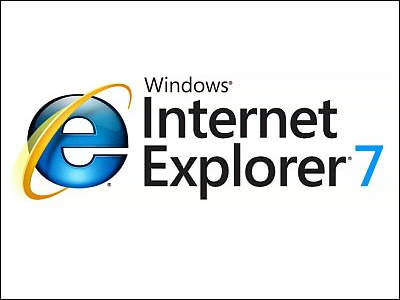What are the anti-tracking features on the new Chromium-based Edge?
by
Technical journalist Ed Bot , what the anti-tracking function will be installed in the new Microsoft Edge scheduled to be officially released on January 15, 2020 using the open source browser engine `` Chromium ' ' Conducted a survey and clarified the results.
Edge vs. Chrome: Microsoft's Tracking Prevention hits Google the hardest | ZDNet
https://www.zdnet.com/article/with-its-new-edge-browser-microsoft-takes-dead-aim-at-google/
Chromium-based Edge has already been released in beta for Windows and macOS, and you can use the anti-tracking feature that will be standard on the new Edge. The browser made by Microsoft has been equipped with a tracking prevention function since Internet Explorer 9 released in 2011, and those with the Chromium version Edge are considered to have evolved further.
However, since Microsoft has not published an official document about the tracking prevention function installed in Edge, “There is a 'black box' atmosphere in the implementation,” Bott points out. Using the public beta version Edge, we investigated the actual state of the function. Since the beta version of Edge that has already been translated into Japanese has been released, the following content is based on the Japanese version.
The tracking prevention function is set in 'Privacy & Services' in the 'Settings' menu. The toggle switch on the upper right turns on and off, and the three blocks, “Basic”, “Balance”, and “Severe”, located below, change the block range.
By default, 'Balance', which is the recommended setting, is selected. Either setting will block known harmful trackers, but each works as follows:
-Basic: Allow most trackers on all sites. Content and advertisements may be personalized. The site functions properly.
・ Balance: Block trackers from sites you have never visited. Content and advertisements may be rarely personalized. The site functions properly.
* Strict: Block most of the trackers sent from all sites. Content and advertising personal settings may be kept to a minimum. Part of the site may not work.
It has become.
When I looked inside the folder where Ende's user data was saved, there was a folder called “Trust Protection Lists”, which contained files named “Advertising” and “Analytics”.
If the content of the file is “Social”, it looks like this. It seems that domains that are not to be blocked are classified by genre.
Mr. Bot opened 66 news sites and technology sites that use third-party trackers, and experimented with how the tracking prevention function of the Chromium version Edge works.
In Chromium version Edge, you can check the tracker blocked on the page by clicking the column on the left side of the URL (padlock icon for HTTPS-compatible sites).
When Bot experimented while switching between the three settings, most 'trackers' were not blocked in 'Basic', but an average of 35 trackers per page was blocked in 'Balance'. Of the blocked trackers, 23.8% were from the Google domain, and the second most frequent Facebook was 3.8%. In 'strict', it was said that there were cases where even Microsoft trackers were blocked, but the number of blocks was less than 'balance', and the experiment was reinvented unintentionally.
Regarding the difference in the number of blocks between “Balance” and “Strict”, Mr. Bot said that “Balance” blocks after loading the resource, whereas “Strict” blocks the loading of the resource itself. In the first place, I showed the view that the number of things will decrease. Due to this difference in behavior, a considerable number of ads are displayed in 'Balance', but when it is 'Strict', most third-party ads disappeared, so it seems that the page loads significantly faster.
![]()
by pixel2013
Related Posts:
in Software, Web Service, Posted by log1h_ik






